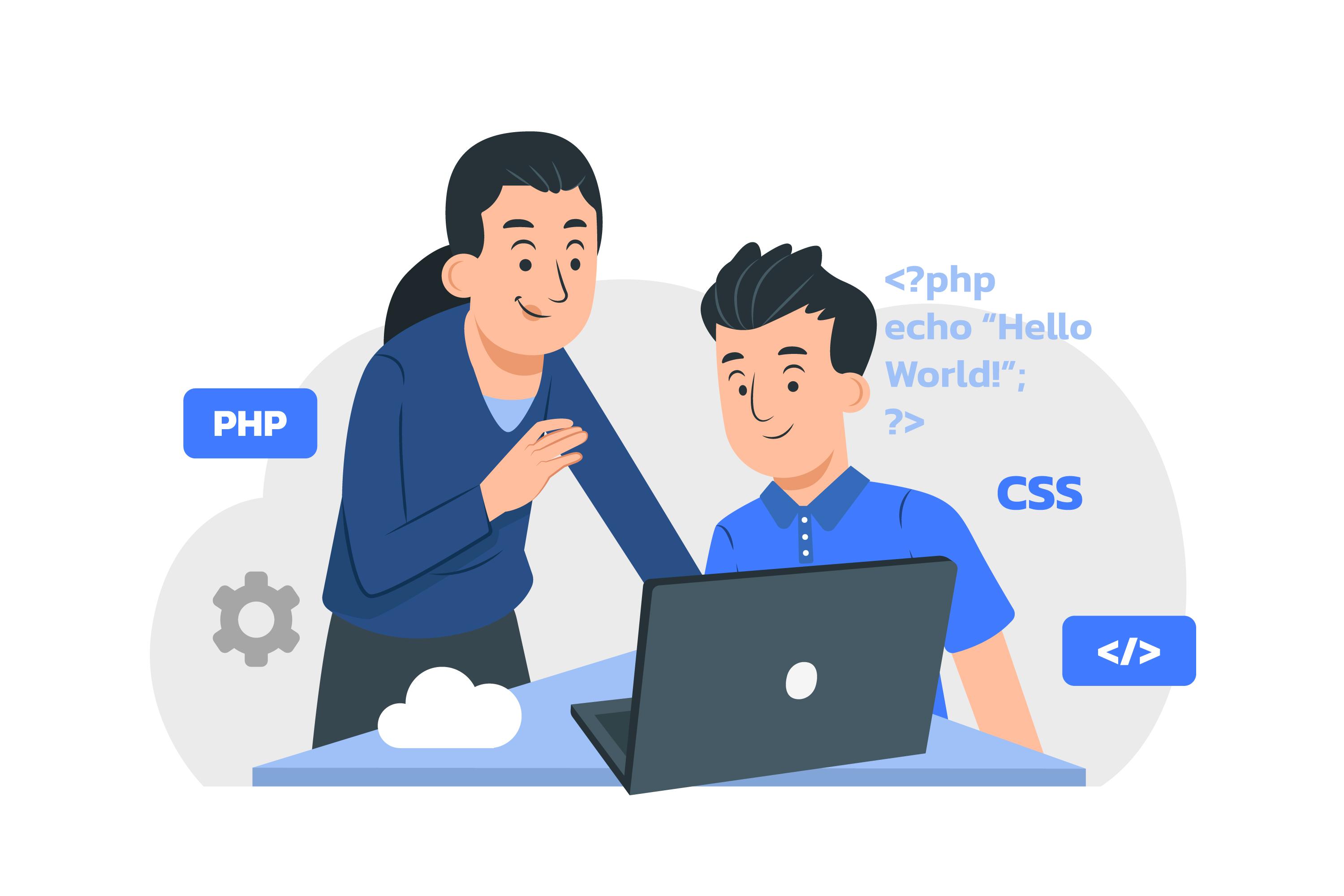What is the fastest way for learning web development?

Learning web development involves a mix of structured learning, hands-on practice, and staying updated with industry trends. While online resources and practical projects are essential, books and classes can provide valuable depth and structure to your learning journey in web design and development. Here's a comprehensive guide that includes recommended books and classes to expedite your web development education.
- Set Clear Goals:
- Learn the Basics with Online Resources:
- Choose the Right Tools:
- Practice Regularly:
- Follow a Curriculum:
- Learn Responsive Design:
- Master CSS and JavaScript Frameworks:
- Understand Backend Development:
- Work with APIs:
- Learn Version Control:
- Stay Updated:
- Build a Portfolio:
- Join a Community:
- Seek Feedback:
- Work on Real Projects:
- Practice Problem-Solving:
- Consider Specializations:
Define your objectives and what you want to achieve with web development. Whether it's building websites, web applications, or becoming a full-stack developer, having clear goals will guide your learning path.
Its always better to begin with learning basics of web development, including HTML, CSS, and JavaScript. HTML is for structure, CSS for styling, and JavaScript for interactivity. These languages form the foundation of web development, and they are often considered the easiest code to learn first for aspiring developers.
Take advantage of free and high-quality online resources. Platforms like MDN Web Docs, W3Schools, freeCodeCamp, and Codecademy offer interactive lessons and documentation for web development technologies
Select an efficient text editor like Visual Studio Code and familiarize yourself with web browsers' developer tools. Its essential for version control systems like Git for collaboration and code management.
Work on real projects with the knowledge you gained. Create a personal website, contribute to open-source projects, or build a portfolio. Hands-on experience is key to solidifying your skills.
Consider structured courses to ensure a well-rounded education. Platforms like Udacity, Coursera, and Udemy offer comprehensive web development courses, often created by industry professionals.
Understand the principles of responsive web design to create websites that adapt to various screen sizes. This is crucial for providing a seamless user experience across devices.
Familiarize yourself with popular CSS frameworks like Bootstrap or Tailwind CSS. These tools can streamline the styling process and help you create visually appealing designs more efficiently.
Learn a JavaScript framework/library to enhance your front-end development skills. React, Angular, or Vue.js are popular choices. Focus on one initially and delve deep into its concepts and best practices.
To become a full-stack developer, delve into backend technologies. Learn a server-side language (such as Node.js, Python, or Ruby) and explore databases (like MySQL or MongoDB). Understand server-client interactions.
Learn how to work with APIs (Application Programming Interfaces). This skill is essential for connecting your applications to external services and fetching or sending data.
Master Git and GitHub for version control. This is crucial for collaboration, tracking changes, and managing your codebase efficiently.
Web development is a rapidly evolving field. Stay updated with the latest trends, tools, and best practices by following blogs, attending conferences, and joining online communities.
Create a portfolio showcasing your projects and skills. This serves as evidence of your abilities and can be valuable when applying for jobs or freelance opportunities.
Engage with the web development community. Join forums like Stack Overflow, participate in online discussions, and connect with other learners and professionals. Collaboration and networking can accelerate your learning.
Seek Feedback:
Apply your skills to real-world projects. This not only enhances your practical knowledge but also provides tangible examples for your portfolio.
Web development often involves troubleshooting and problem-solving. Practice by tackling coding challenges on platforms like HackerRank or LeetCode.
Identify areas of specialization within web development, such as front-end, back-end, or full-stack development. Specializing can make you more marketable and focused in your career.
